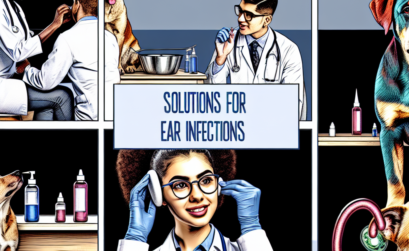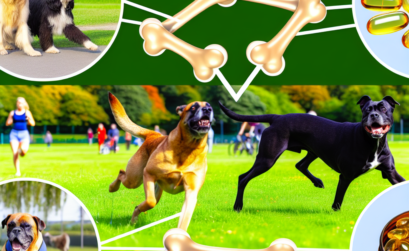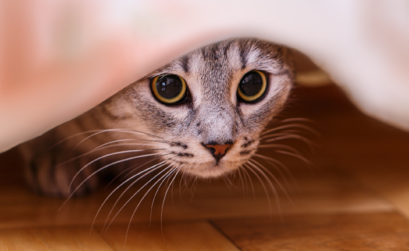Embark on a contemplative journey into the realm of cats behavior as we delve into the delicate actions of hiding and seeking solitude. In this exploration of “Hiding and Seeking Solitude,” we unravel the nuanced ways your cat navigates their need for independence, quiet contemplation, and a sense of security.
The Cozy Hideaway
Hiding is a natural instinct for cats, rooted in their ancestry as solitary hunters. Your cat may seek out secluded spots such as closets, under furniture, or high perches. These cozy hideaways provide a retreat where your cat can observe their surroundings while feeling secure and sheltered.
Napping Nooks and Safe Spaces
When your cat chooses to hide for a nap, it’s a sign of trust and relaxation. Cats value uninterrupted sleep, and by selecting hidden spots, they create napping nooks that offer solitude and protection. These safe spaces become essential for recharging and maintaining optimal well-being.
Solitude as Self-Care
Cats, known for their independent nature, relish moments of solitude as a form of self-care. Seeking time away from social interactions allows your cat to recharge mentally and physically. This independent streak is a healthy aspect of cats behavior that promotes overall balance and contentment.
Hiding During Stressful Situations
Hiding can also be a coping mechanism, especially during stressful situations such as thunderstorms, loud noises, or the presence of unfamiliar guests. Your cat may retreat to a hidden spot to alleviate anxiety, providing a sense of control in the face of perceived threats.
The Introverted Explorer
Cats are curious creatures, and their preference for hiding doesn’t diminish their explorative spirit. Your cat may adopt an introverted approach to exploring new environments, carefully observing from concealed vantage points before fully engaging. This cautious exploration is a testament to their innate curiosity and intelligence.
Respectful Retreat
Understanding and respecting your cat’s need for solitude is crucial for maintaining a harmonious relationship. When your cat seeks out a hidden spot, it’s an invitation to provide them with the space and privacy they desire. Resist the urge to disturb or coax them out, allowing them to dictate the pace of social interactions.
Gradual Social Integration
Cats may use hiding as a strategy for gradual social integration, especially in new environments or when introduced to new people or animals. Patience and a gentle approach are key during these times, as your cat gauges their comfort level and gradually becomes more accustomed to their surroundings.
Monitoring Health and Behavior
While hiding is a normal behavior, abrupt changes in hiding patterns may warrant attention. If your cat hides excessively or displays changes in behavior, it’s essential to monitor their overall health. Consult with a veterinarian if you observe persistent shifts in hiding behavior to rule out potential health concerns.
In conclusion, “Hiding and Seeking Solitude” unveils the intricate dance of cats’ independence. By recognizing and respecting your cat’s need for privacy and contemplation, you deepen your understanding of their unique personality and foster a supportive environment. Here’s to the quiet hideaways and the subtle art of solitude in the cat’s world! 🐾🌿

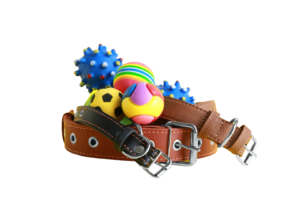
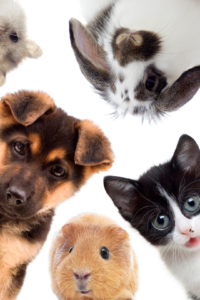 Hi to everyone.
Hi to everyone.




